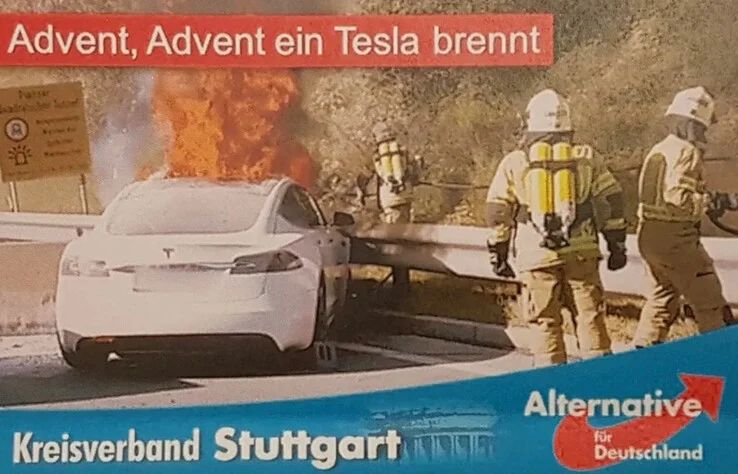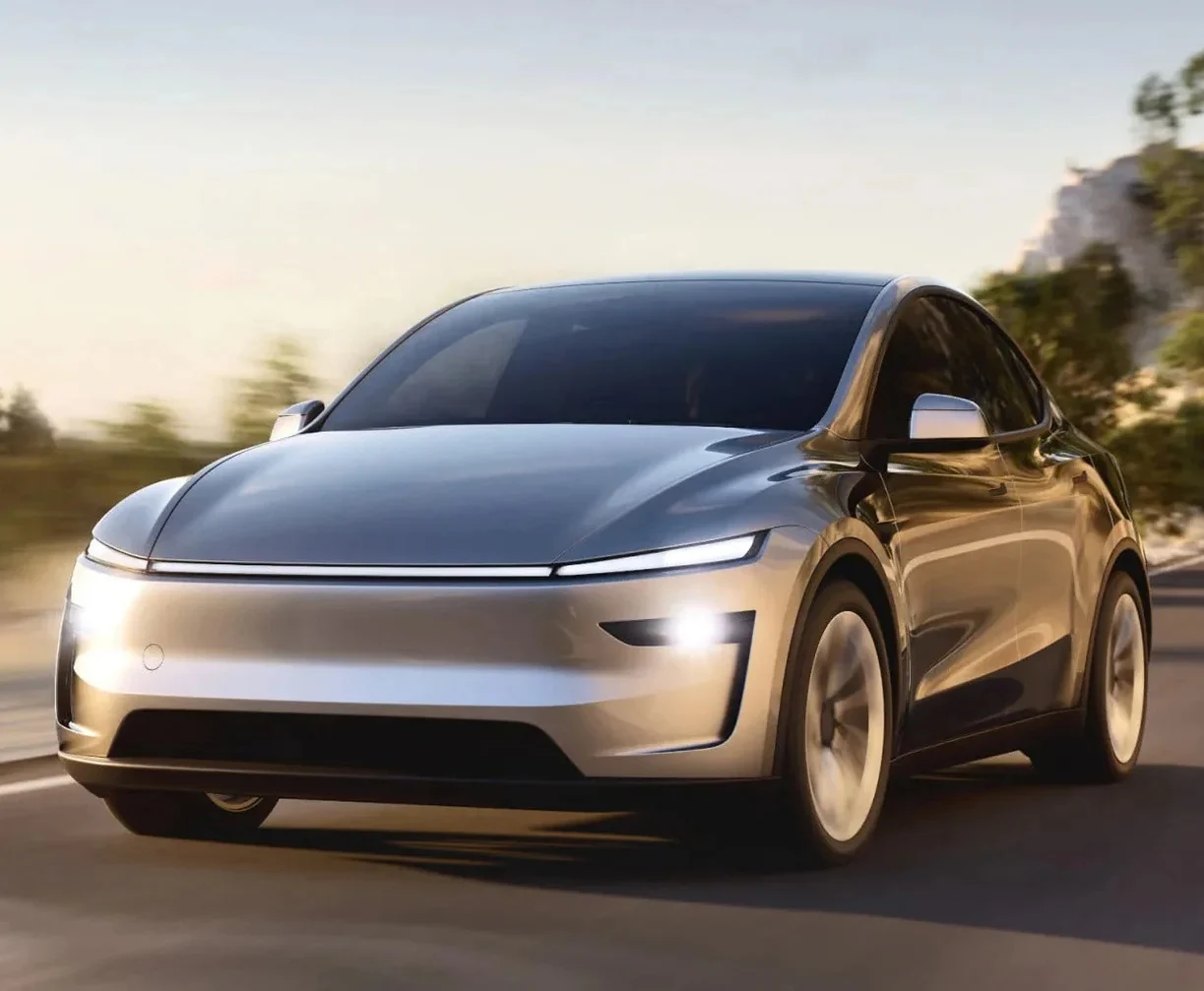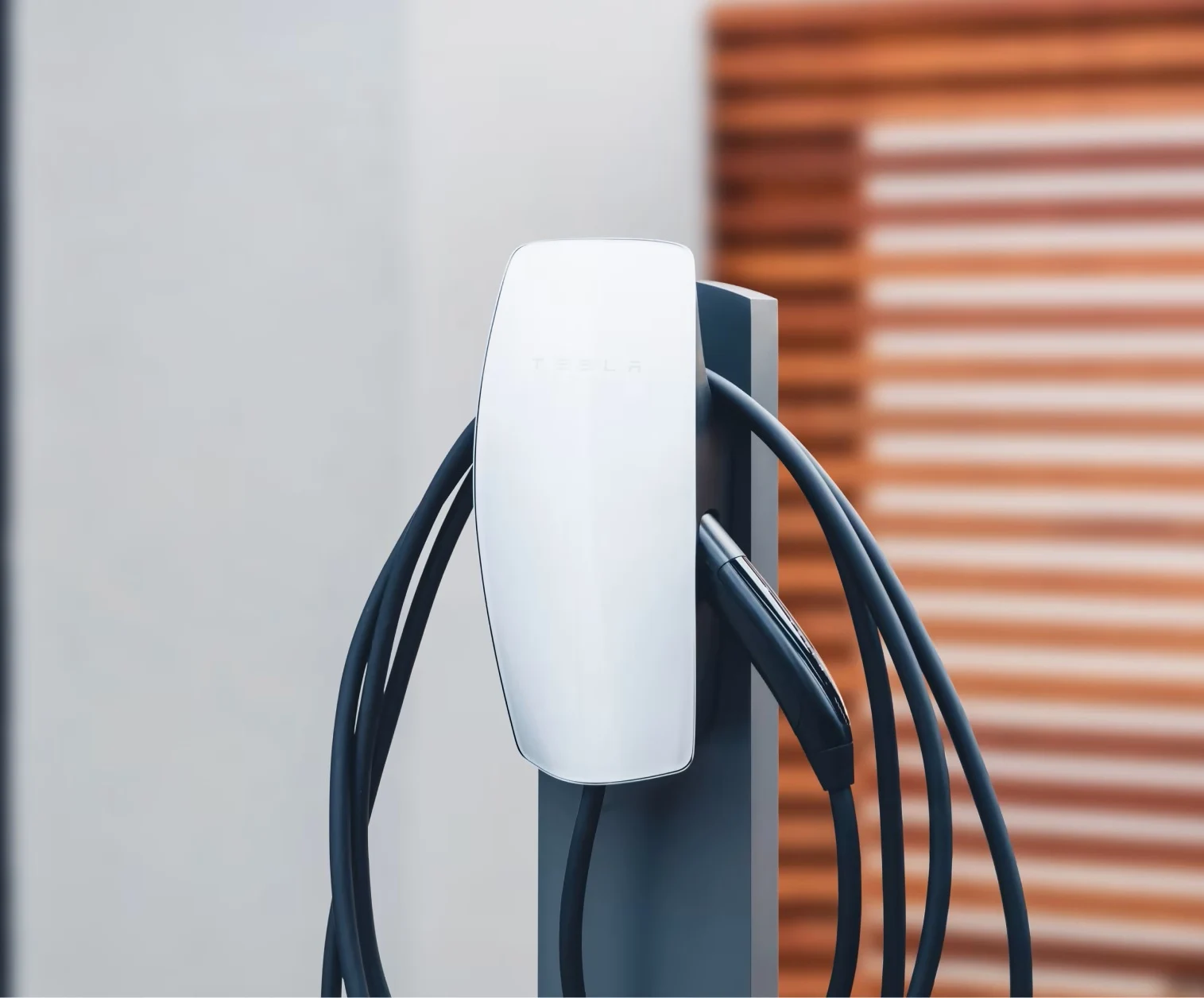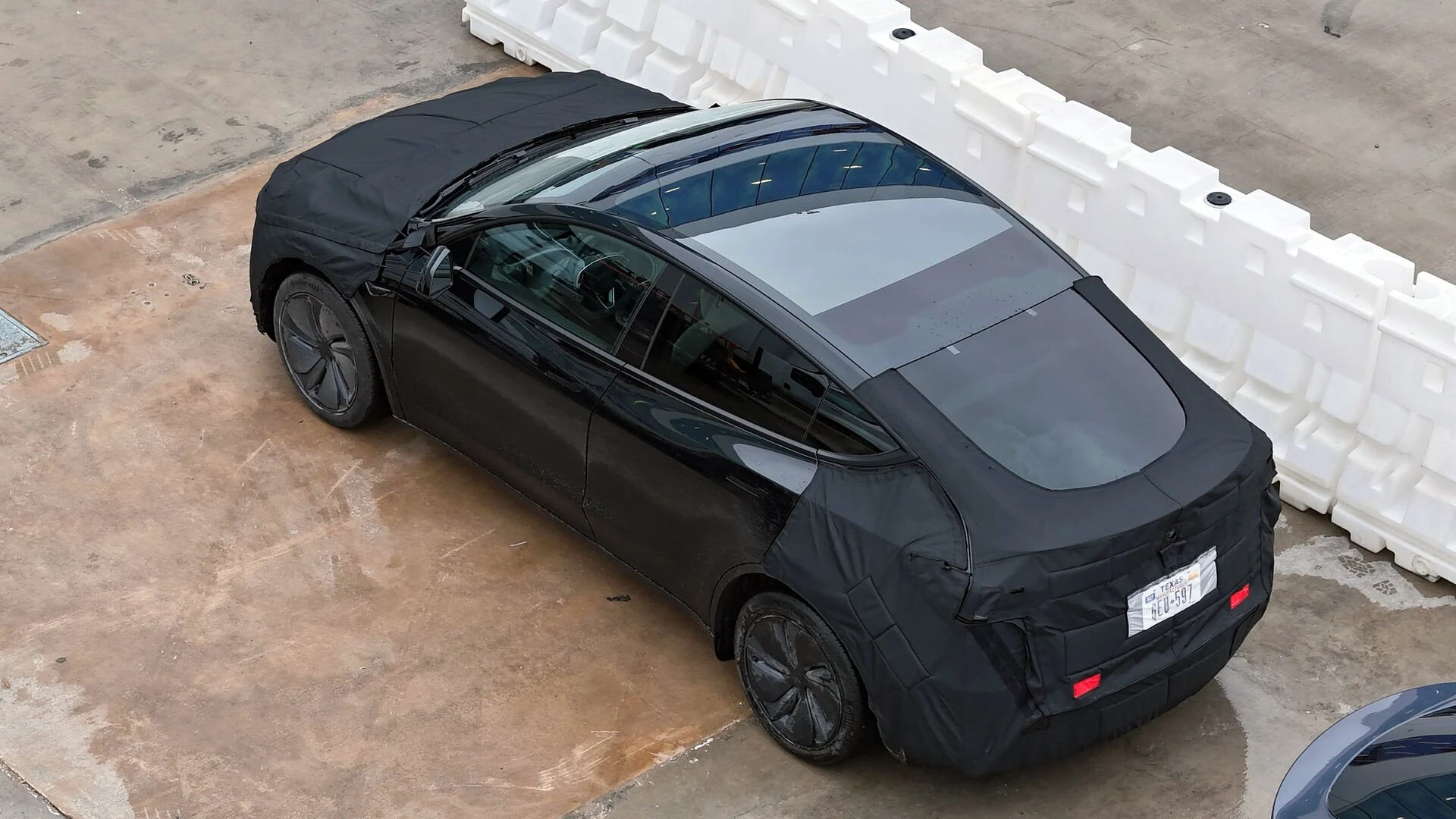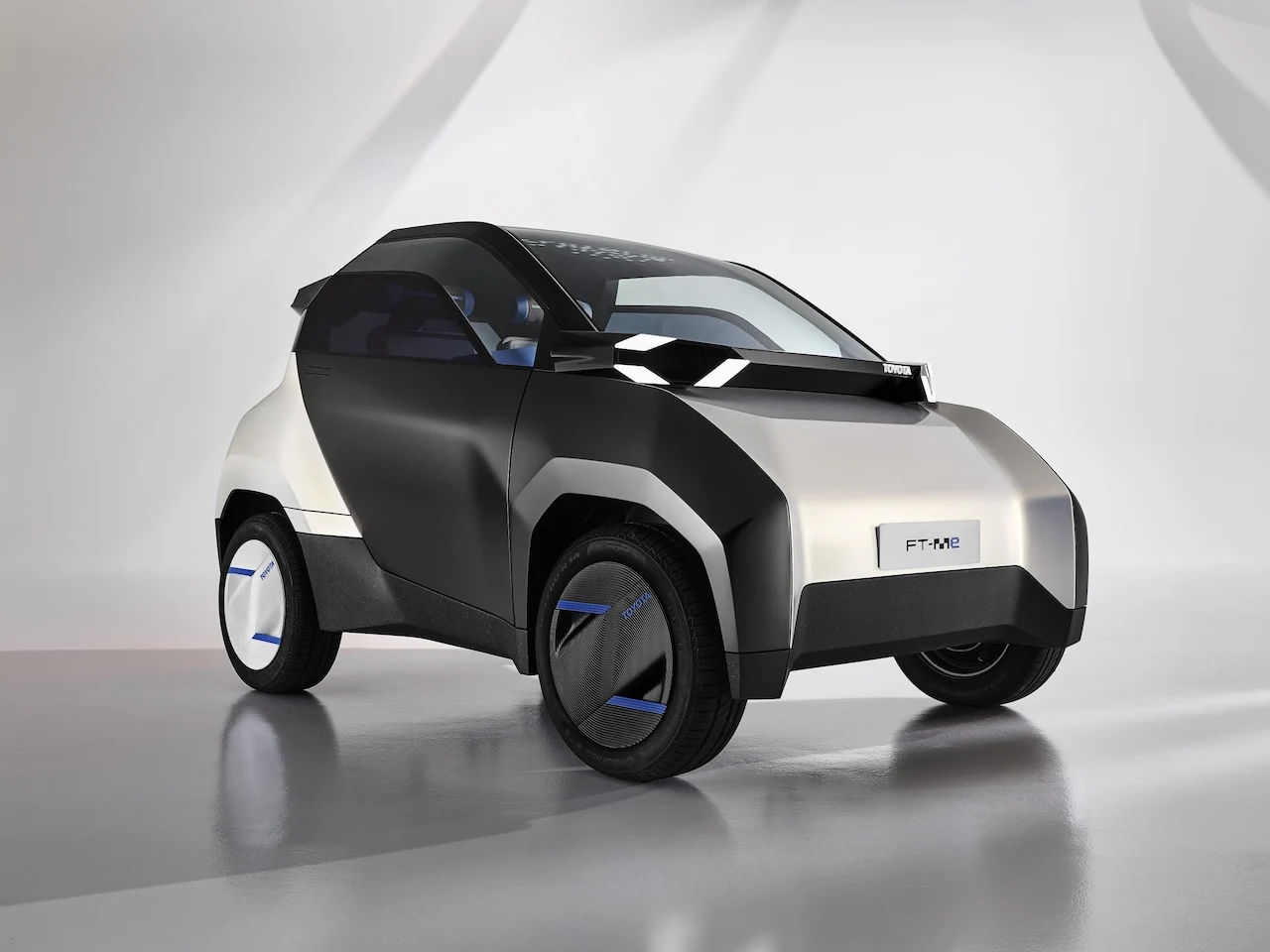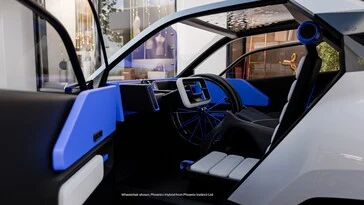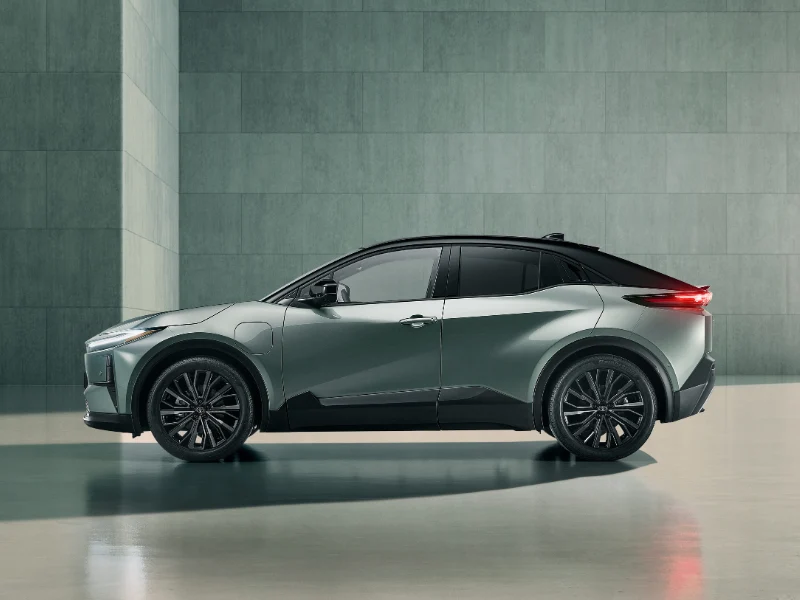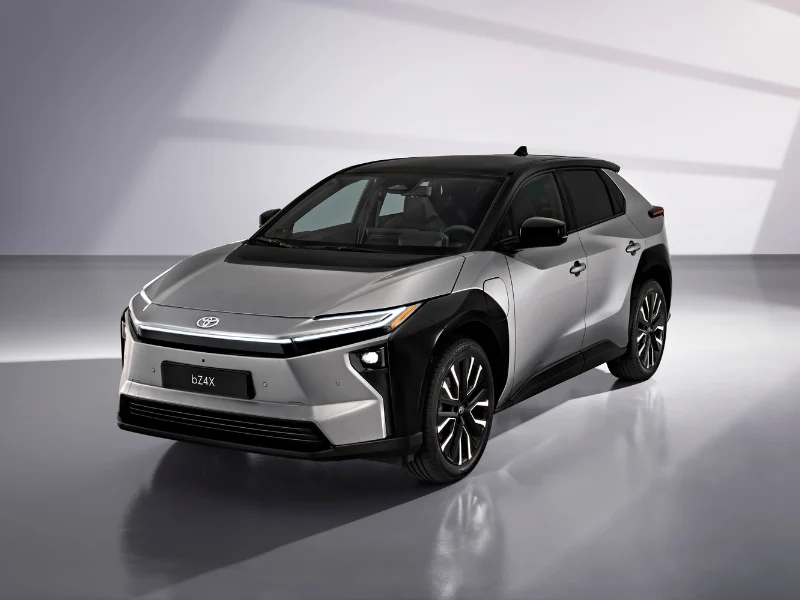Key Takeaways
1. Declining Interest: A recent poll shows 94% of Germans would not choose to buy a Tesla, indicating a significant decrease in interest.
2. Sales Drop: Tesla’s sales in Germany fell by 41% in 2024, with a further decline of 70.6% in early 2025, while other EV brands saw a 27% increase.
3. Political Backlash: Elon Musk’s political activities, including ties to Germany’s far-right AFD party, are believed to negatively impact Tesla’s sales.
4. Increased Vandalism: There is a rise in vandalism against Tesla vehicles and Superchargers, possibly linked to Musk’s controversial public actions.
5. Market Competition: Tesla faces growing competition from brands like Volkswagen and Hyundai, as well as issues with the availability of the standard Model Y contributing to the sales downturn.
To say that Tesla’s popularity in Germany has decreased is probably an understatement. A recent poll of 100,000 Germans indicates that the last bit of interest in buying a Tesla electric vehicle appears to have faded away. This is surprising, especially since EVs are gaining more fans overall.
Survey Insights
The survey, conducted by T-Online, saw a record number of participants. Results show that a whopping 94% of those surveyed said they would not choose to buy a Tesla. Tesla’s sales have already dropped by about 41% in 2024, while sales of other EV brands have increased by around 27%.
Political Concerns
Many believe this decline is tied to Elon Musk’s recent political activities. Experts in the industry mention that Musk’s association with Germany’s far-right AFD party has negatively affected Tesla’s sales. This party garnered roughly 20% of the vote during the last election.
Moreover, Musk’s notable appearance at President Trump’s inauguration is unlikely to have won him fans in Germany. While one might assume that voters from this group could be potential Tesla buyers, the AFD has often criticized Tesla in the past. A specific example is the satirical advertisement that mocks a well-known German Christmas tune: “Advent, Advent a Tesla is burning.”
Current Sales Trends
In 2025, Tesla’s sales in Germany took another significant hit, plummeting by 70.6% just in the first two months compared to 2024. The decline isn’t limited to Germany, as sales across Europe also fell by 43.5% during the same period. The Tesla Model 3 and Model Y were particularly hard-hit, showing drops of 81.4% and 55.4%, respectively.
In addition, there has been an uptick in vandalism targeting Tesla vehicles and Superchargers, suggesting that the sales drop may stem from personal grievances related to Musk’s controversial public actions.
Market Competition
Some speculate that the current sales downturn could be because the standard version of the Model Y isn’t available, while the premium version was only recently introduced. Growing competition from brands like Volkswagen, Hyundai, Toyota, Honda, and BYD is likely to complicate matters further for Tesla. Whether the new facelift of the Model Y will turn things around remains uncertain. If you already own a Tesla and are feeling uneasy about your choice, you might consider using a sticker that says, “I bought this before Elon went crazy.”
Source:
Link
